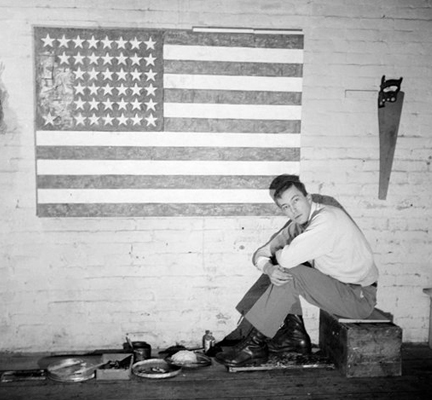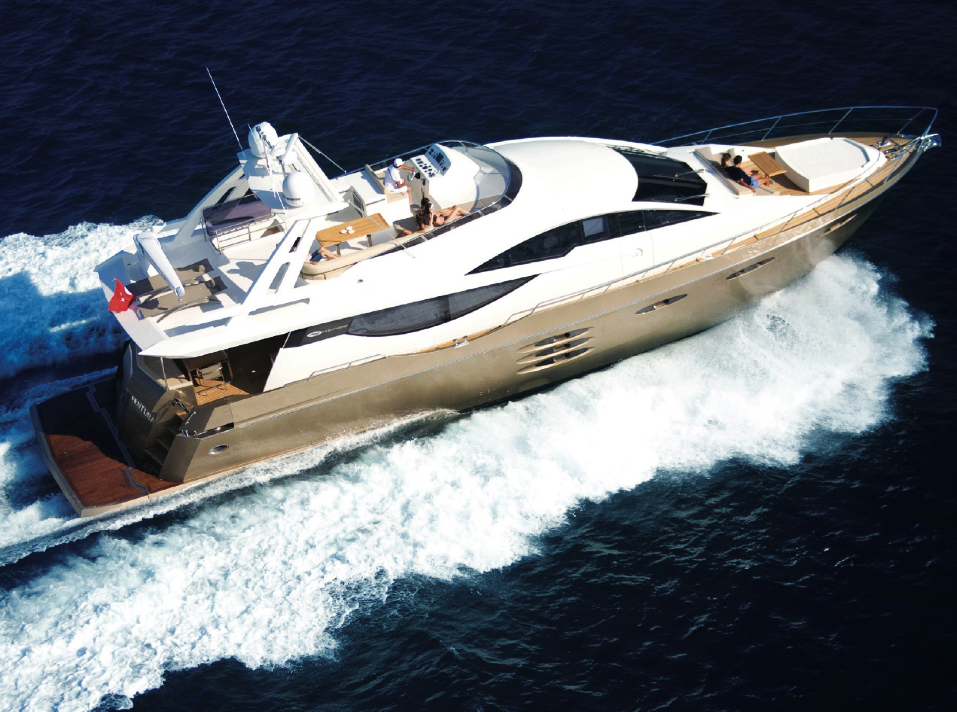
“The Private Collection of Robert Rauschenberg,” selections from Rauschenberg’s personal art collection is now being presented at the Gagosian Gallery in collaboration with the Robert Rauschenberg Foundation. This is the first time that Rauschenberg’s collection has been publicly presented and that an artist’s collection has been exhibited at the gallery. It follows the acclaimed introductory survey exhibition of Rauschenberg’s own work presented at Gagosian West 21st Street in 2010. Proceeds from the collection help fund the endowment established for the Foundation’s philanthropic activities.
A game-changing figure in post-war American art, Rauschenberg bridged all traditional boundaries between medium and genre and forever changed the relationship between artist, image, and viewer. He quickly identified as his driving energies and motivations the incidental, the immediate, and the perception of a presence greater than his own artistic virtuosity. In 1970 he founded Change, Inc. to assist artists financially in emergency situations, and in the 1980s he inaugurated ROCI (Rauschenberg Overseas Culture Interchange), a pattern-breaking, collaborative, global exhibition project that forged entirely new artistic territory in international dialogue and peace-keeping.
In 1990 he formed the Robert Rauschenberg Foundation to benefit and promote awareness of the causes and groups close to his heart. Activities included educational art programs, environmental and humanitarian campaigns, as well as grants and direct assistance to artistic collaborations. Since Rauschenberg’s death in 2008, the Foundation is responsible for maintaining this legacy as well as the expansion of philanthropic activities consistent with his personal view that “Art can change the world.”
In addition to his philanthropic spirit and his championing of positive change, Rauschenberg was also acknowledged to be one of the most generous and inquisitive artists of his time, passionately engaged in, and supportive of, the art of others. Over a lifetime, he acquired through exchanges, gifts, and purchases, an astonishingly rich collection of artworks by seminal forbears, a wide circle of friends, including choreographers and composers and younger colleagues.
Some of these artworks—such as Duchamp’s Bottlerack (1960), Cage’s original scores, Marden’s Choice(1967), and Ruscha’s Romeo, With Contraceptive Ghost (1980), represent milestones in recent contemporary art history; others, such as Warhol’s Portrait of Robert Rauschenberg (1967), John Chamberlain’s jewel-like sculpture Homer (1960) and Trisha Brown’s vigorous notations are of a different order, intimate and highly personal, though no less potent. Whether masterpiece or token in the general order of things, Rauschenberg ascribed equal importance to all and this exhibition of the art with which he surrounded himself seeks to reflect the breadth, openness and sincerity of his vision.
Like Haute Living New York? Join our Facebook page or follow us on Twitter @HauteLivingNY. Want Haute Living New York delivered to your inbox once a week? Sign up for our newsletter.




















